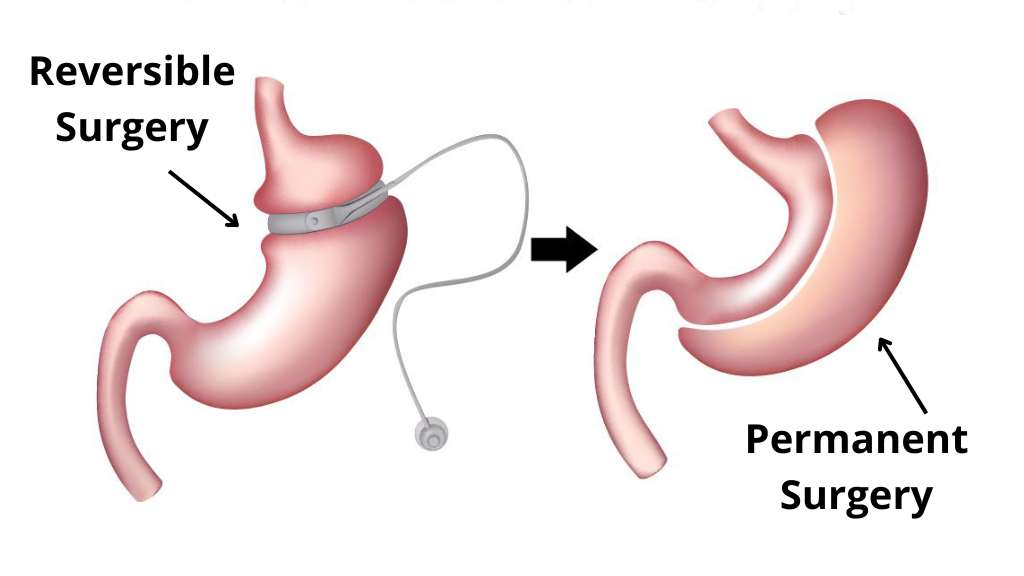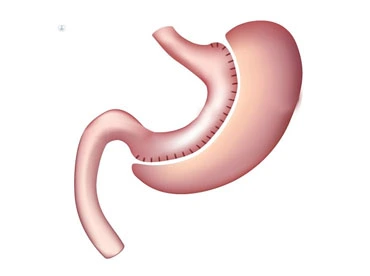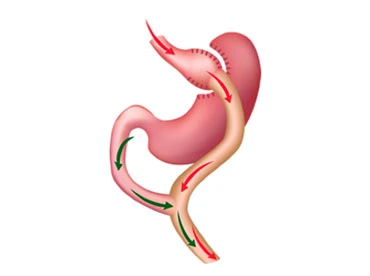Reversible Weight Loss Surgery Vs. Permanent Bariatric Surgery
In recent years, bariatric surgery has evolved as a game-changer in the fight against obesity and its associated health conditions. Broadly, these procedures can be categorized into two types: permanent and reversible. The choice between the two depends on individual needs, lifestyle changes, and long-term health goals. In this blog, we'll delve into the comparison of reversible weight loss surgery and permanent bariatric surgery.
What is Permanent Bariatric Surgery?

Permanent bariatric surgeries, such as gastric bypass or sleeve gastrectomy, are designed to induce weight loss by permanently altering the digestive tract. These procedures work by restricting the food intake and/or reducing the absorption of calories and nutrients. In gastric bypass surgery, a small pouch is created at the top of the stomach, which is then connected directly to the small intestine, bypassing most of the stomach and the first part of the small intestine. In sleeve gastrectomy, a portion of the stomach is removed, creating a banana-sized sleeve that restricts food intake.
What is Reversible Weight Loss Surgery?
Reversible weight loss surgeries, such as the gastric banding or gastric Ballon, offer an alternative for patients concerned about the permanency of other procedures. In gastric banding, an adjustable band is placed around the upper part of the stomach, creating a small pouch. This restricts the amount of food the stomach can hold, leading to feelings of fullness after eating small amounts. This procedure is entirely reversible and can be modified according to the patient’s progress and needs.

Gastric Ballon: Non-Surgical Weight loss procedure
What is Gastric Ballon?
The gastric balloon, also known as an intragastric balloon, is a type of reversible, non-surgical, and temporary weight loss procedure. The procedure entails the insertion of a soft and expandable balloon into your stomach. This balloon is then filled with a sterile saline solution to partially fill the stomach, leaving less room for large amounts of food or drink. It’s a minimally invasive procedure, typically performed without sedation, and it usually takes only about 15-25 minutes.
The purpose of a gastric balloon is to help with weight loss when diet and exercise have not worked, and surgery is not wanted or not recommended. It works by reducing the amount of food your stomach can hold, which helps you to eat less and feel full quicker.
Typically, the balloon is left in place for about six months before it’s removed. During this period, patients often participate in a medically supervised weight loss program that includes a healthy diet plan, regular exercise, and behavior modification strategies. This multifaceted approach is intended to help patients develop sustainable, healthy habits that can support long-term weight management even after the balloon is removed.
It’s worth noting that while a gastric balloon can aid in weight loss, it’s not a permanent solution or a substitute for a healthy lifestyle. To maintain the weight loss achieved with the balloon, ongoing lifestyle changes are essential.
The Comparison
The chief difference between the two procedures lies in their permanency. However, there are other factors to consider when deciding which one is right for you.
- Effectiveness: Studies have shown that permanent bariatric surgeries generally result in more significant weight loss compared to reversible procedures. According to the American Society for Metabolic and Bariatric Surgery, patients lose about 60 to 80% of their excess weight on average after gastric bypass, compared to 40 to 60% after gastric banding. However, all types of weight loss surgeries can significantly improve or even resolve obesity-related conditions, such as diabetes, hypertension, and sleep apnea.

- Reversibility: The most apparent advantage of the reversible weight loss surgery is that it can be undone if necessary. This can be beneficial for patients who develop complications, are not achieving the desired weight loss, or women want to get pregnant (some doctors recommend removing the band during pregnancy).

- Adjustability: Another advantage of reversible surgeries is their adjustability. The gastric band can be tightened or loosened, depending on the patient’s weight loss progress and comfort.
- Complications and Risks: All surgeries come with risks, but the types of complications can vary. Permanent surgeries, like gastric bypass, carry a risk of ‘dumping syndrome’ (rapid emptying of stomach contents into the small intestine leading to discomfort and nausea), nutritional deficiencies, and surgical complications. Gastric banding has fewer severe complications but may require additional surgeries to adjust or replace the band.
- Lifestyle Changes: Both surgeries require significant lifestyle changes. You’ll need to adopt a healthy diet and regular exercise regimen and may need to take supplements if undergoing a permanent procedure to prevent nutritional deficiencies. Support from dietitians, psychologists, and physical therapists can aid in making these changes.
In conclusion, the decision between reversible weight loss surgery and permanent bariatric surgery is personal and depends on your individual health goals and circumstances. It’s crucial to have in-depth discussions with your healthcare provider, discussing the pros and cons of each procedure, to decide the best option for you. Bariatric surgery is a powerful tool in combating obesity, but it is just that – a tool. The real key to long-term success lies in a commitment to a healthier lifestyle.










